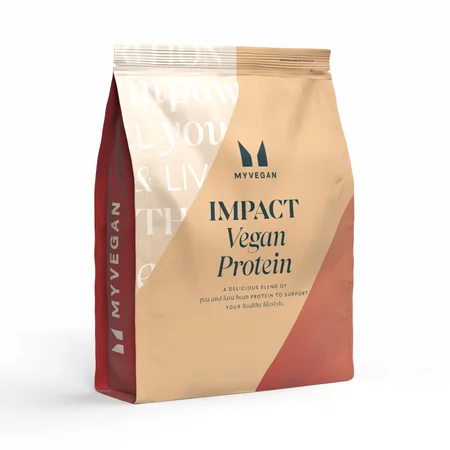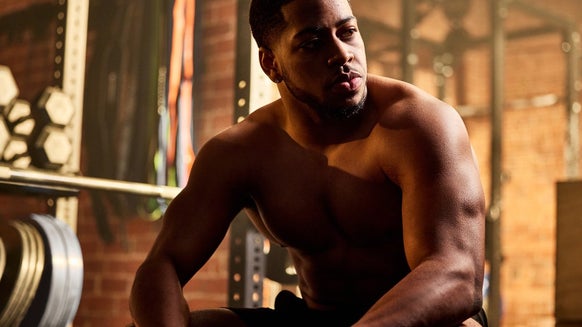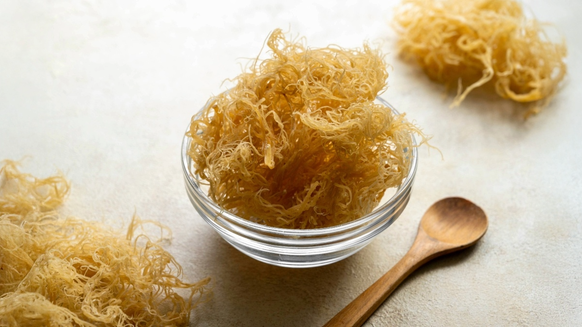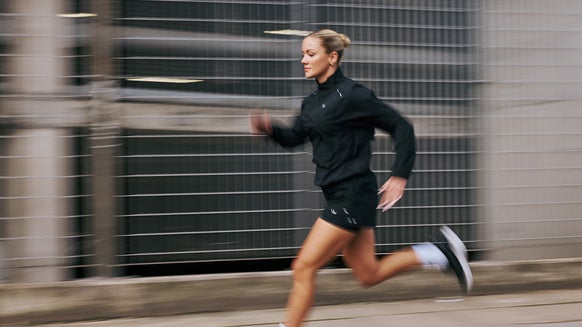How To Do a Dumbbell Shoulder Shrug | Form & Technique
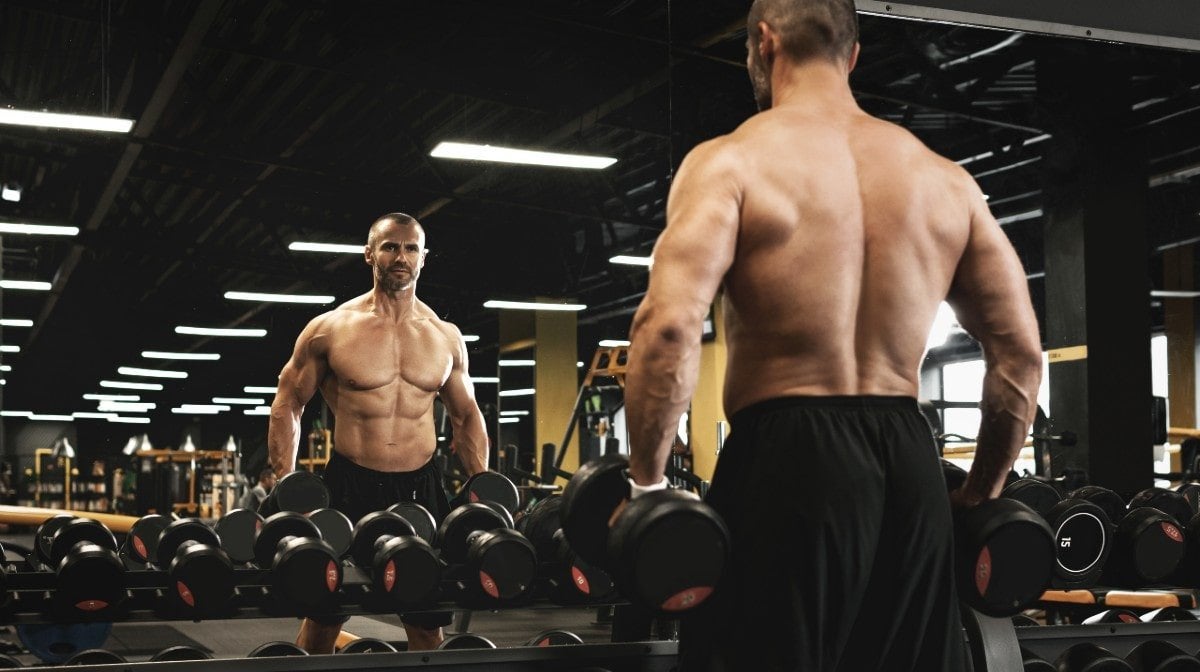
Jump to:
- How to do a dumbbell shrug
- What muscles does a shoulder shrug work?
- What are the benefits of dumbbell shoulder shrugs?
- Form & Technique
The dumbbell shoulder shrug is a simple but effective exercise for the upper fibres of the trapezius muscle, AKA the traps. This exercise is great for building muscle in this region, and it can also be useful in managing pain and injuries. Performing this exercise regularly as an accessory can also help to develop strength useful in other compound movements, such as the barbell deadlift.
How to do a dumbbell shrug
- Stand with your feet shoulder-width apart with dumbbells held at your sides. Although this is an isolation exercise, the range of movement is quite limited and the traps are strong, so a relatively heavy load can be used for productive reps.
- Elevate your shoulders in a shrugging motion by contracting your traps. You should feel a strong contraction in your traps, either side of your neck.
- Slowly lower the load in a controlled manner, then repeat for the desired number of repetitions.
What muscles does a shoulder shrug work?
The main muscle used in the dumbbell shoulder shrug is the trapezius. Commonly known as the traps, it’s a large diamond-shaped muscle in your back, but the dumbbell shoulder shrug predominantly targets the portion at your neck-shoulder region.
The muscles surrounding your shoulder blades are also used to a lesser degree, as the movement of shoulder elevation at the shoulder girdle activates the muscles used in shoulder retraction and depression.
What are the benefits of dumbbell shoulder shrugs?
Increased Strength
Increased strength in the traps can carry over to in other sports, such as barbell in powerlifting and carrying movements in strongman. . Increased strength can also be useful for general life, for tasks such as carrying.
Improved Posture
The muscles used in this exercise are commonly associated with good posture. Training these muscles to be active can help to ensure you remain in better positions when relaxed. For example, many people have chronically protracted shoulders. This can lead to weak and lengthened traps, rhomboids, etc, which can lead to pain and dysfunction.
Increased Size
If you’re seeking a balanced physique, or simply want to add a bit of size to your upper body, then this exercise can help to develop muscle mass around your neck.
Find more exercises here:
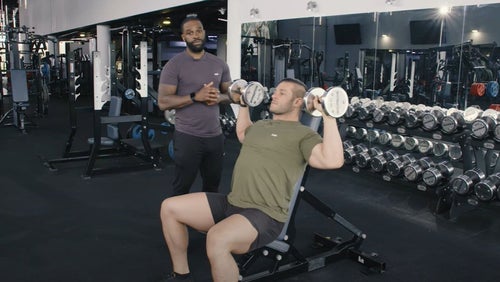
Five Best Shoulder Exercises To Build Size & Strength
Bigger shoulders in just five exercises
Reduced Pain
As a result of poor posture or injury, you may experience chronic pain or discomfort in the neck or upper back (ie where the traps are). This can be managed and reduced by strengthening the traps via effective loading with the dumbbell shoulder shrug.
Form & Technique: Our Expert Tips
Maintain proper posture: As with any other lift, it’s important to maintain good posture during this exercise. Try to avoid moving your neck excessively— shrugging only your shoulders will help to isolate the traps and mitigate the risk of injury.
Keep control: As you’re trying to isolate the traps, you want to avoid any unnecessary jerking movements. In any other lift, this would be an indicator that the load is too heavy and the muscle contraction is suboptimal. The same is true here.
Be aware of load: Although this movement is quite easy to load heavily, you shouldn’t necessarily do this. Using a more moderate load can enable you to focus on a strong muscle contraction, often associated with effective hypertrophic stimuli, leading to more effective training.
Take-Home Message
The dumbbell shoulder shrug can be a great asset to your gym routine. Use this exercise to develop your strength, add to your physique or manage an injury. And as long as you maintain proper posture and remain aware of your load, the dumbbell shoulder shrug is an excellent accessory exercise to include in your training!
READ MORE HERE:

